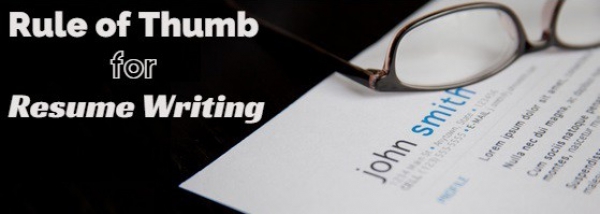What is a Cover Letter?
A cover letter is an introduction, a sales pitch, and a proposal for further action all in one. It gives the reader a taste of what’s to come–not by simply summarizing the resume, but by highlighting the aspects of your background that will be most relevant to the position. A cover letter also demonstrates that you can organize your thoughts and express yourself clearly and appropriately; in other words, it reflects your communication skills and, to some extent, your personality.
Cover letters are typically one page documents. Like lots of things in life, they have a beginning, middle, and end: usually an introduction saying who you are and why you’re writing, followed by a sales pitch of what you have to offer and then a closing in which you propose steps for further action. These three components often amount to three or four paragraphs, but there are no hard and fast rules about exactly how you break up the information.
10 Cardinal Rules of Cover Letter Writing
- Tailor your letter as much as possible to the target reader and industry.
- Talk more about what you can do for the prospective employer than about what they can do for you.
- Convey focused career goals. Even if you’d be willing to take any job they’d offer you, don’t say so.
- Don’t say anything negative about your employment situation or your life in general.
- Cut to the chase–don’t ramble.
- Don’t make empty claims that aren’t backed up with to examples.
- Don’t write more than one page unless the prospective employer has asked for a detailed or extended cover letter.
- Check, recheck and triple check your letter for typos and other errors.
- Get other people’s opinions of your letter before you send it.
- Keep easily accessible copies of all letters you mail, fax or email along with a log of when letters were sent so that you can follow up on them.
Five Things to Think about Before Writing
- If you find yourself struck by writer’s block at about the “Dear Mr. or Ms. So-and-So” point, ask yourself the following five questions. This will help you build a foundation for your letter and will make the actual writing go much more smoothly.
- What is the prospective employer looking for? Which skills, knowledge and experience would be an asset in the job you are targeting? What are your objectives? Are you applying for a specific job, trying to get an interview, or simply hoping to get someone to spend 10 or 15 minutes on the phone with you discussing opportunities in general at that organization?
- What are three to five qualities that you would bring to this employer or this job? If you’re responding to a job listing or classified ad,look for “clues” that will tell you what they are really looking for. If you’re not applying for a specific job opening, then think of which skills, knowledge and experience would typically be valued.
- How can you match your experience to the job? What are at least two specific accomplishments you can mention which give credence to the qualities you identified in question number three?
- Why do you want to work for this particular organization or person? What do you know about them? What is it about their products or services, philosophy, mission, organizational culture, goals and needs that relates to your own background, values and objectives?
When you’ve addressed these five issues, you’re ready to put fingers to keyboard and start hammering out that letter.


